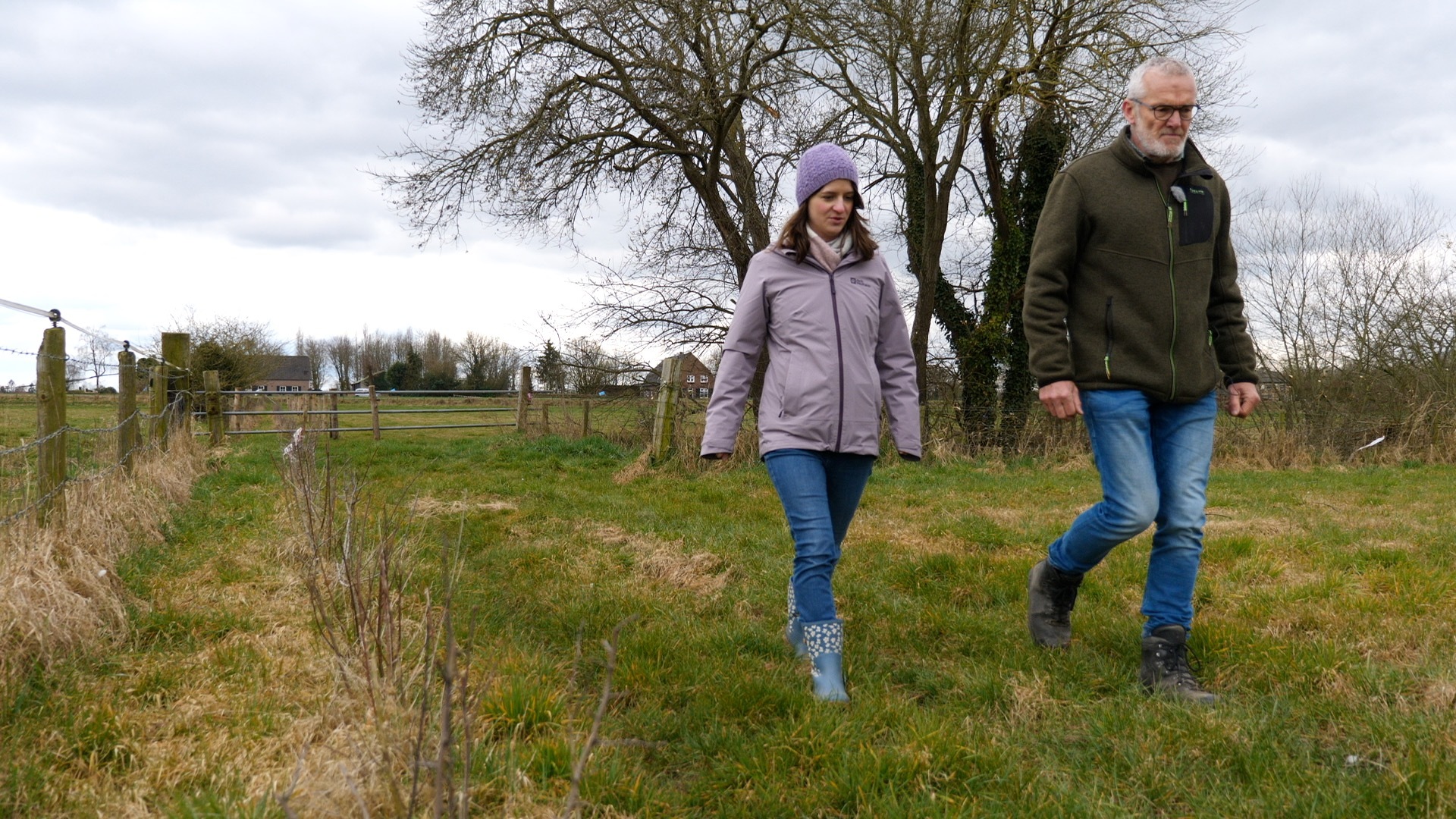Nature conservation knows no national borders. The “Borderless
Landscape” project connects habitats in Germany and the Netherlands
with hedges, bodies of water and commitment. For more biodiversity and
climate resilience – across borders.
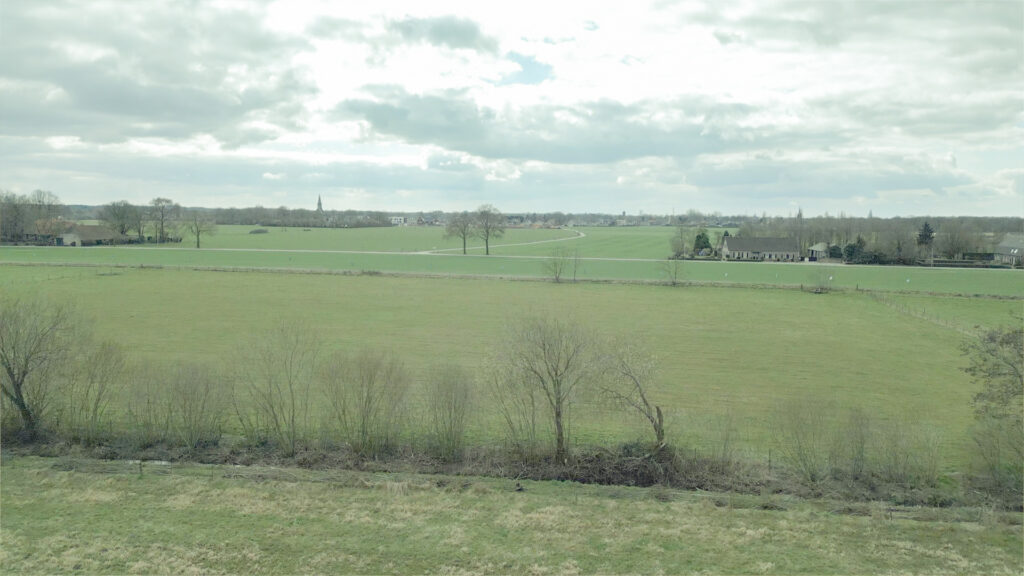
Milsbeek : Europe is particularly hard hit by climate change. Extreme heat and
extreme precipitation will occur even more frequently in the future and leave
their mark.
The aim of the “Borderless Landscape” project is to make nature more climate-
resilient and increase biodiversity at the same time. The cross-border initiative
in the German-Dutch region is co-financed by the European Union.
A site visit
The roads get narrower and narrower towards the destination. The area around
the municipality of Milsbeek in the eastern Netherlands is very green and also a
little lonely. There are a few farms and houses dotted around the landscape. The
border with Germany is close and invisible. Europe has long since grown
together here and there have been no fences for decades. Malve Falk is waiting
in the small Langstraat. She is the project manager of “Borderless Landscape”,
which is called Grenzeloos landschap in Dutch. Malve Falk is out in the field
today with her team.
With spades, the young helpers in work gear are digging small holes in a strip
just in front of a paddock. A machine pulled by a small tractor will later take
over at a wider spot. “We are preparing to plant a hedge here,” explains Malve
Falk. These will soon be able to make an important contribution to the
preservation and promotion of biodiversity. “Birds will nest in it and a variety of
insects and animals will find protection and shelter,” adds Malve Falk.
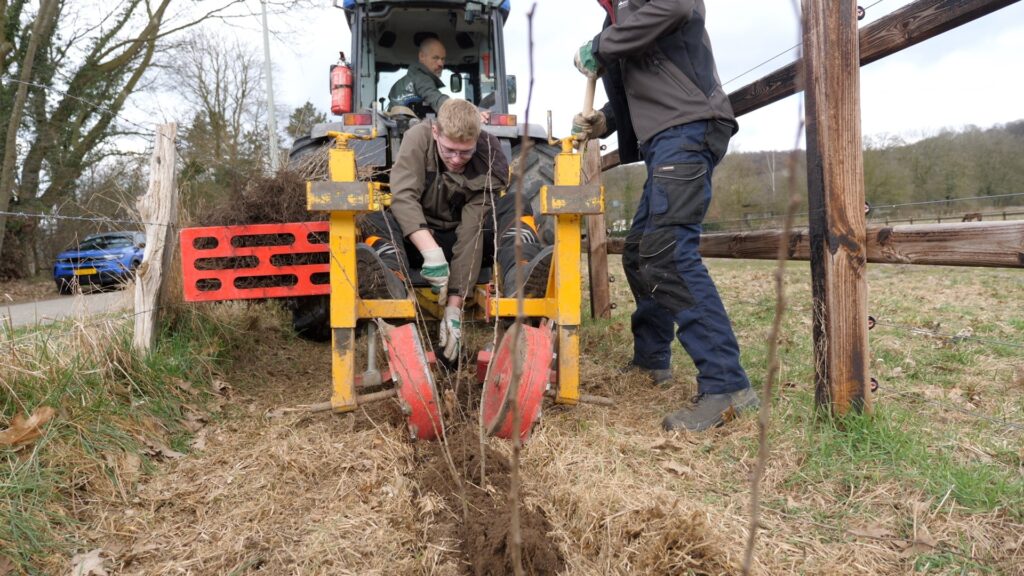
The small tractor has started moving and the young bushes can be planted
quickly and easily from a seat at the rear. By the afternoon, a good 200 meters
of hedge will have been planted here. A hedge takes several years to fully
develop. With good care, the older it is, the more species-rich it is. But for
farmers, a hedge also costs valuable arable or pasture land. “This is precisely
why persuasion is so important,” explains Malve Falk.
Retiree Piet Hopman took this step quite deliberately. He bought 2.5 hectares of
land in the region and had it planted with hedges. “I was born near here. I
simply want to set a good example with this campaign and hope that other
landowners will join in.”
Similar planting campaigns are underway on the German side and little by little
the landscape is changing its face as a result. It will become greener and
biodiversity will be preserved and even increase. Without the funding from the
Interreg project, this would not have been possible, explains Malve Falk.
“Because national funding always ends at the border.” The borders have long
since disappeared here. And thanks to the new hedges, the areas are growing
even closer together.
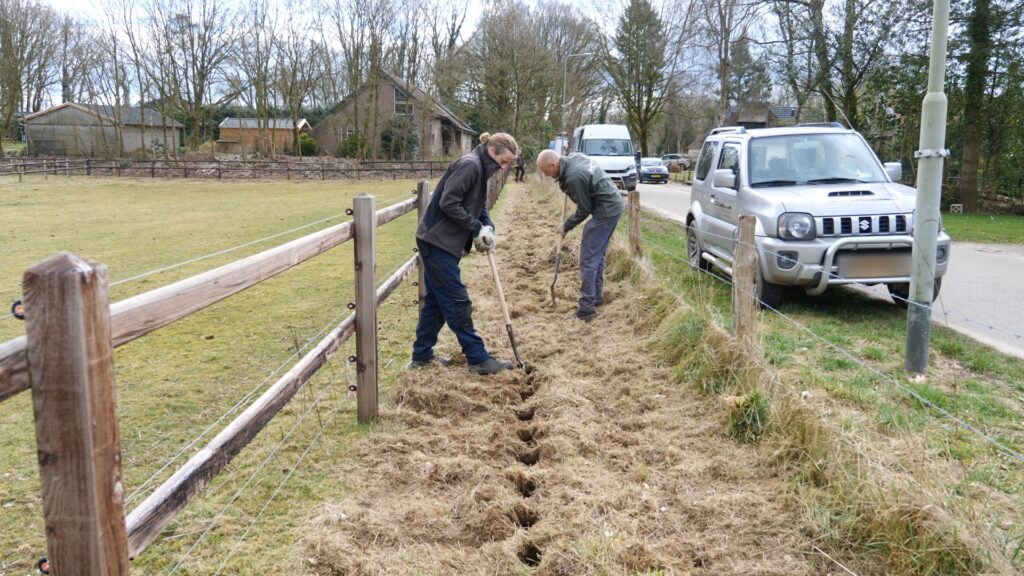
Project description
Cohesion policy has defined clear objectives for the 2021-2027
funding period: A smart Europe through innovation, a greener, low-carbon Europe, a more
connected Europe, a more social Europe and a Europe that is closer to its citizens. Sustainable
challenges are becoming the focus of society, particularly in Germany and its neighbouring
countries. The “EU4regions” project will produce high-quality multimedia and journalistic
information on cohesion policy and then disseminate it widely. Within 12 months, Interreg
projects from western and eastern Germany and neighbouring countries/regions will be
presented to highlight local challenges. The countries concerned are Poland, the Czech
Republic, Austria, Switzerland, France, the Netherlands and Denmark. Our thematic focus is
on sustainability, whereby we understand sustainability as a whole. Although climate issues
are at the centre of attention, they are complemented by economic and social aspects. The aim
is to show how EU cohesion policy affects regions and people.
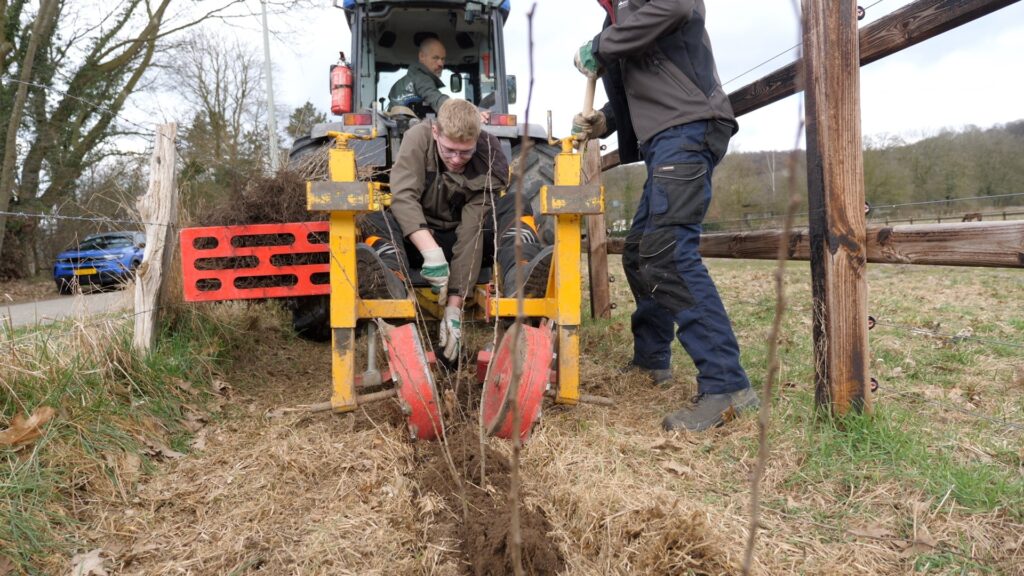
EU4regions receives funding from the EU Commission.
Contact:
EU4Regions-Team
EU4Regions@newsaktuell.de

